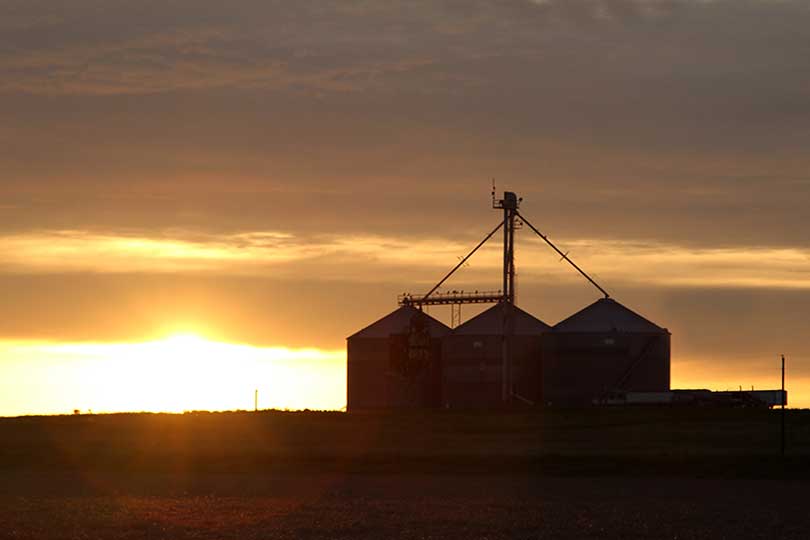It’s no secret that farm finances and commodities look bearish. But recent data from Texas A&M University’s Agricultural and Food Policy Center confirms the bleak financial outlook.
“The results for our feed grain and oilseed farms, as well as the wheat and cotton farms, are the worst (in terms of highest percentage of farms in the poor category) since the late 1990s,” Joe Outlaw, co-director of the Agricultural and Food Policy Center, told Delta Farm Press.
The center collects information from 300 panelists that represent 63 crop farms and maintains information to describe and simulate around 100 representative crop and livestock operations in 29 states.
The data is collected and updated through face-to-face meetings with the panels (farmers) every two years. The information collected is provided to the House and Senate Agriculture Committees.
“For this hearing, we specifically asked them about the financial situation in their area, how they are dealing with low prices and overall observations of the current financial environment,” Outlaw said. “Thus far, we have received comments from about one-third of our 300 panelists.”
Outlaw summarized the farmers’ comments. They report obtaining financing is much harder and most are delaying capital/machinery updates. Cash rents have fallen slightly but not to the extent commodity prices and returns have. Most farmers are concerned about the future for young farmers who tend to not have the equity in their operations more established farmers have.
The Agricultural Act of 2014 provides farmers with safety net, Title I commodity policies and federal crop insurance programs. Outlaw said the outlook could be much worse if it weren’t for these safety net programs.
According to Outlaw, any interest groups calling for changes to these two key policy tools have no idea how bleak the financial situation is in agriculture.

